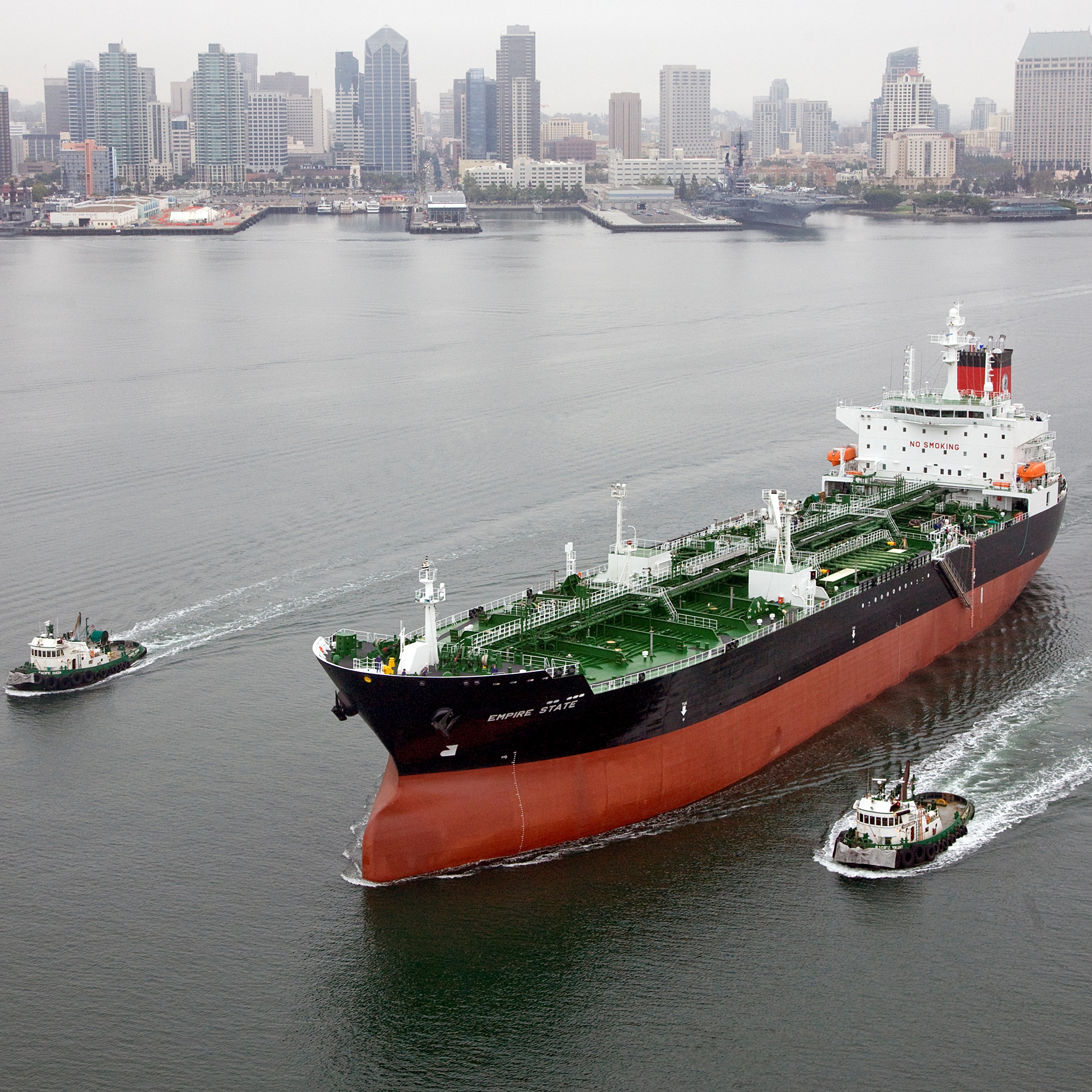Energy
Why Credit Suisse Issued a Dual-Upgrade on Kinder Morgan Now

Published:
Last Updated:

Kinder Morgan Inc. (NYSE: KMI) has had its share of hard times lately. This went from the best infrastructure operation as a master limited partnership (MLP) to a corporation structure ahead of oil’s massive slide. It was that slide that crushed Kinder Morgan’s shares, over and over, and the company eventually capitulated and did the one unpopular move of cutting its dividend.
Maybe nothing lasts forever. That might mean low or falling oil prices. It may also mean analyst sentiment. Kinder Morgan received a very rare dual analyst upgrade on Thursday. That double upgrade came from Credit Suisse: first, raising its rating to Outperform from Neutral, and second raising its price target to $20.00 from $18.00.
Most analysts upgrading their official rating in the MLP and related sectors might have a rating upgrade but a price target downgrade. After all, Kinder Morgan shares breached $12.00 at one point during the January selling craze. That is down from a 52-week high of $44.71.
Credit Suisse’s John Edwards was the analyst behind the upgrade. His words should stand out as calling a bottom: “Hard to see much downside from here, no matter what happens in energy markets.”
Edwards noted that management emphasized high grading capital projects and how it will fund itself in 2016 and beyond from internally generated cash. Also highlighted was that Kinder Morgan plans to deleverage over time with minimal credit risk exposure. And for earnings and dividends, Edwards sees Kinder Morgan being able to generate roughly $0.88 per unit in growth to 2020. Assuming no equity issuance and excess cash is used to deleverage the balance sheet, Edwards sees close to $3.00 share in distributable cash flow on a platform of roughly 4.5 times its debt-to-EBITDA. Ultimately he thinks this could result in a double in the equity in five years.
Management sees just $120 million in downside to its budgeted dividend coverage of $3.57 billion. Edwards now views Kinder Morgan as a low-risk long-term growth story. Edwards revised his earnings per unit to $1.02 from $0.97 in 2017, followed by a change to $1.15 from $1.16 in 2018. He raised his distributable cash flow targets as follows:
Kinder Morgan shares were last seen up 8.8% at $15.34 on over 25 million shares with more than three hours until the closing bell. Kinder Morgan’s stock has a consensus analyst price target that has come down closer to $20.00, as well as a 52-week range of $11.20 to $44.71.
Credit card companies are pulling out all the stops, with the issuers are offering insane travel rewards and perks.
We’re talking huge sign-up bonuses, points on every purchase, and benefits like lounge access, travel credits, and free hotel nights. For travelers, these rewards can add up to thousands of dollars in flights, upgrades, and luxury experiences every year.
It’s like getting paid to travel — and it’s available to qualified borrowers who know where to look.
We’ve rounded up some of the best travel credit cards on the market. Click here to see the list. Don’t miss these offers — they won’t be this good forever.
Thank you for reading! Have some feedback for us?
Contact the 24/7 Wall St. editorial team.